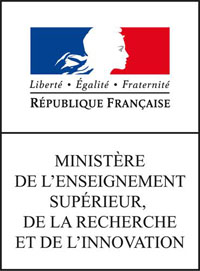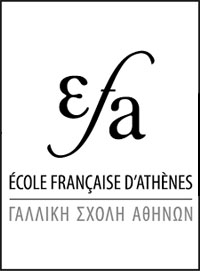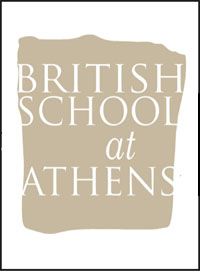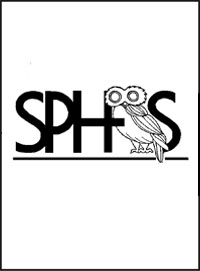ARTA - Anc. Ambracia - 2000
Informations Générales
Numéro de la notice
1657
Année de l'opération
2000
Chronologie
Mots-clés
Nature de l'opération
Institution(s)
Toponyme
Notices et opérations liées
2000
Description
Pouliou Drakou Street (O.T. 403, Papanikolaou property). A. Angeli (ΙΒ' ΕΠΚΑ) reports the completion of excavation of a peristyle court plus two internal rooms of a Roman building in the southwest of Arta, outside the walls of Ambracia (cf. ADelt 54 [1999] Chr, 462).
Seven orthogonal limestone column bases belong to the north, west and south sides of the peristyle; on the south, two bases have parts of sandstone Doric columns in situ (Fig. 1). The debris of the fallen roof covered the entire court. Two rooms opened onto the south side of the peristyle (the south room has a large limestone threshold block) and have exterior walls mostly in opus testaceum (with a small part in opus spicatum). In a later phase, the south corridor of the peristyle was closed off with a wall incorporating earlier spolia. A number of later walls are found in the north of the plot. An earlier, Hellenistic, phase is represented by small sections of limestone wall at greater depth, mainly in the southern part of the plot. Pottery dates to the third to second century.
In addition to domestic pottery, finds include red-slip plates, bronze coins, glass vessels, and metal and bone small objects. Pieces of sandstone columns and a Doric column capital were scattered across the plot, perhaps after use in later constructions.
Seven orthogonal limestone column bases belong to the north, west and south sides of the peristyle; on the south, two bases have parts of sandstone Doric columns in situ (Fig. 1). The debris of the fallen roof covered the entire court. Two rooms opened onto the south side of the peristyle (the south room has a large limestone threshold block) and have exterior walls mostly in opus testaceum (with a small part in opus spicatum). In a later phase, the south corridor of the peristyle was closed off with a wall incorporating earlier spolia. A number of later walls are found in the north of the plot. An earlier, Hellenistic, phase is represented by small sections of limestone wall at greater depth, mainly in the southern part of the plot. Pottery dates to the third to second century.
In addition to domestic pottery, finds include red-slip plates, bronze coins, glass vessels, and metal and bone small objects. Pieces of sandstone columns and a Doric column capital were scattered across the plot, perhaps after use in later constructions.
Auteur de la notice
Catherine MORGAN
Références bibliographiques
ADelt 55 (2000) Chr, 549−50
Date de création
2011-01-09 00:00:00
Dernière modification
2023-10-06 09:41:02








